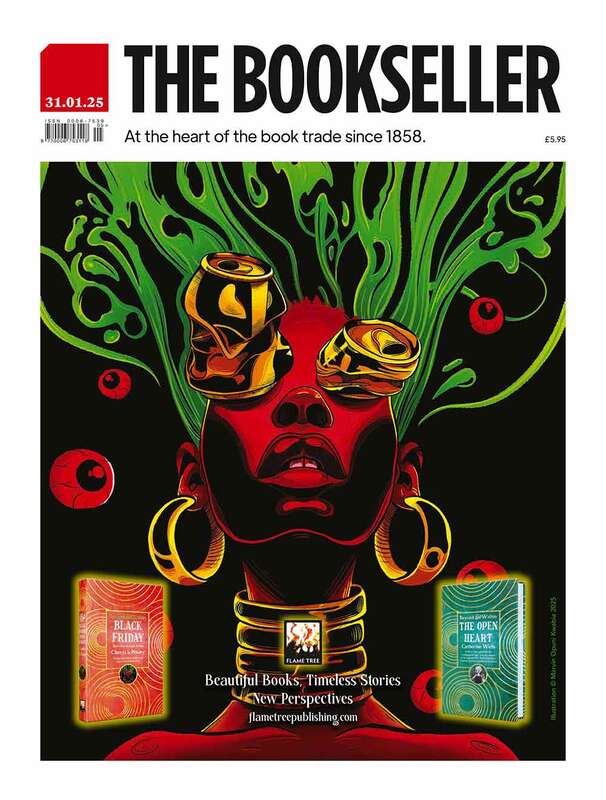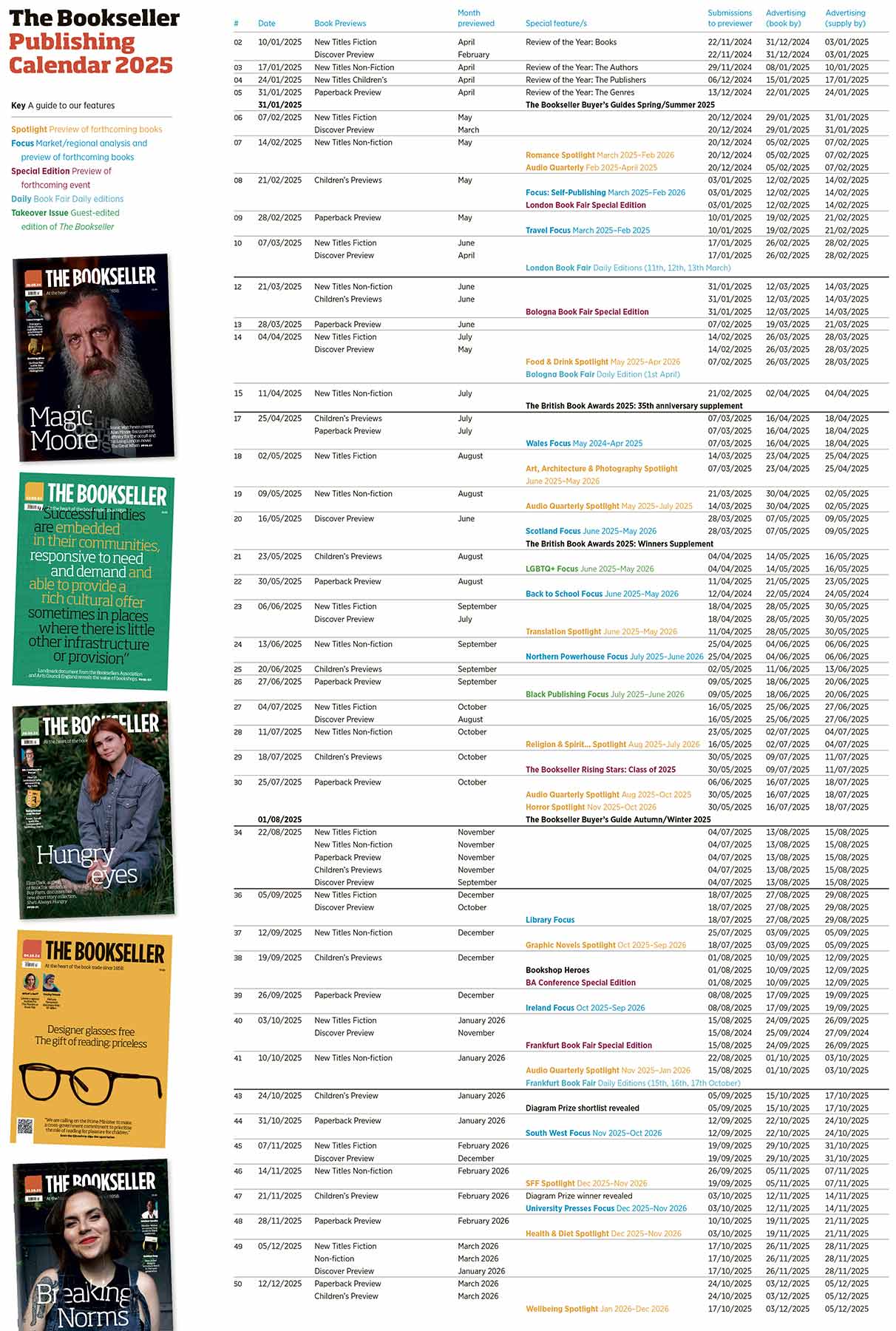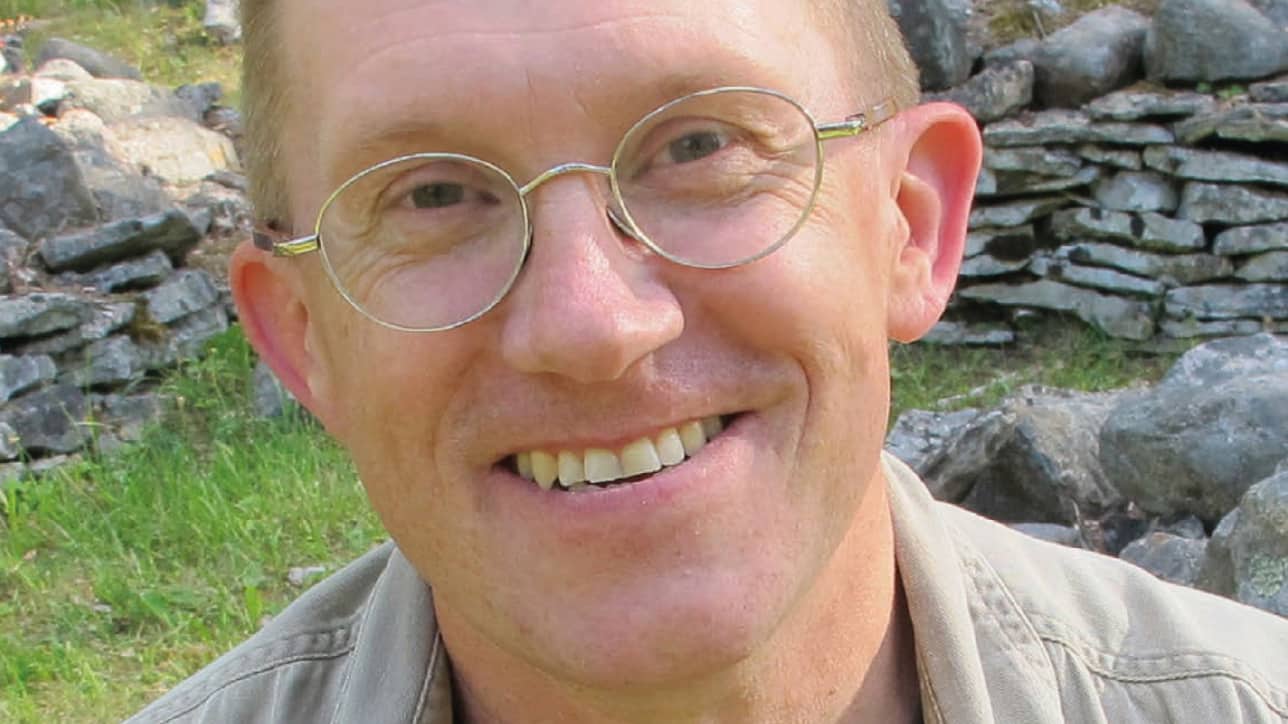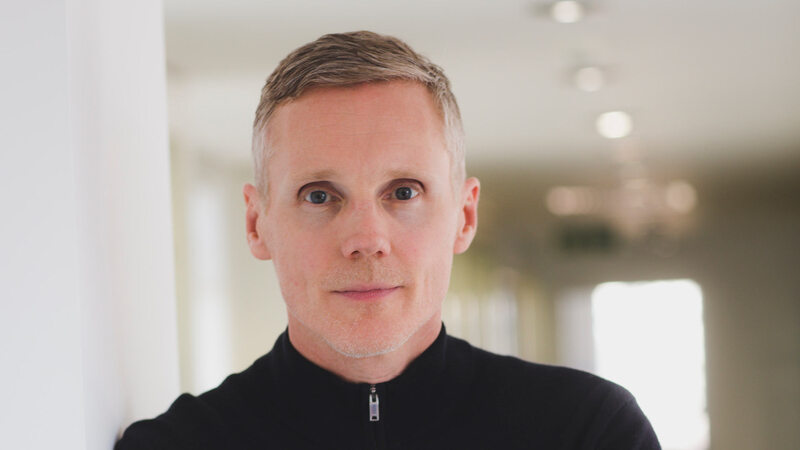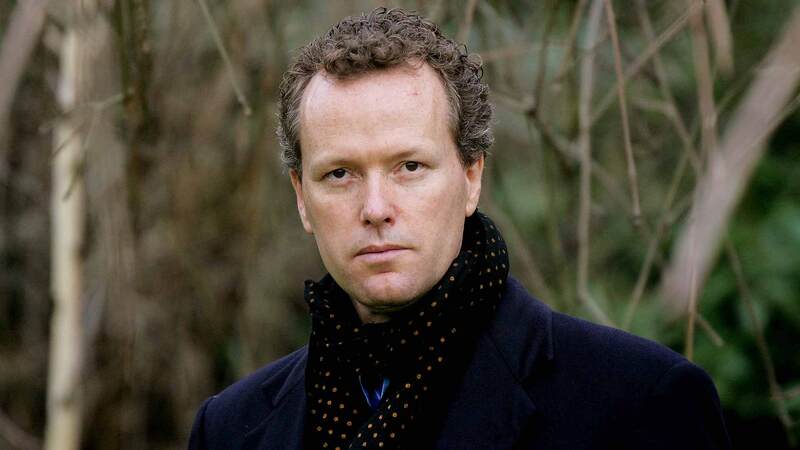You are viewing your 1 free article this month. Login to read more articles.
Neil Price | 'The Viking mind is far away from us today, but occasionally just about tangible'
Through the intimacies of Viking daily life Neil Price flips our perceptions of this ancient culture
The very first thing Neil Price wrote when he began his history of the Vikings, The Children of Ash and Elm (Penguin), was not an account of a particularly bloody raid or a daring adventure at sea. It was a list of the bread they ate, the details gleaned from graves all over Sweden.
From circular wheels of dry, crisp flatbread with a central hole, to “thin, soft, and foldable flatbreads made on a circular griddle pan—rather like a sort of Nordic tortilla to be stuffed with food”, at least nine distinctive types of Viking bread are known, he informs us, in this engrossing, enquiring, eye-opening book.
So much of what we know of the Vikings is the Vikings through the eyes of the people whose houses they burned down, which will give you a certain perspective, and maybe not a very unbiased one. I wanted to correct that
“You don’t think about if the Vikings had crispy snacks or buns or crispbread, but they actually had loads of different kinds of bread,” says Price, speaking on Zoom from Uppsala University in Sweden, where he is chair of archaeology. “And right there you’re in a different Viking Age, you’re not in the burning down the monastery Viking Age, despite the fact that it’s the same people. You get very close to the Vikings when you go inside their kitchens, or think about what they have for dinner, or what ends up at the other end of it.” (On which note, Price also writes evocatively about excavating a Viking latrine—how he discovered the clumps of moss used as toilet paper, the scraps of cloth that were the Viking equivalent of sanitary towels.)
Among many superlative reviews—Dan Jones in the Sunday Times called The Children of Ash and Elm “one of the very best” of the thousands of books written about the Vikings—a write-up in Slate, in the US, stood out for Price. “The reviewer said that she fell in love with the book when she got to the paragraph about bread,” he says. “And I loved that, because those were exactly the Vikings I wanted to write about.”
From the Marvel superhero Thor, complete with a historical winged helmet, to the television series “The Vikings”, popular culture can’t get enough of the ancient Norse people. Price wanted to dispel some of the commonly held myths about them—including the name they are known by today. Víkingr in Old Norse means, roughly, pirate, so the majority of the people living in what we call the Viking Age wouldn’t recognise themselves in this at all.
“The Vikings are one of the most stereotyped ancient cultures. There are so many reinventions of them and appropriations of them, and one thing that I think goes through a lot of the popular images of the Vikings is a kind of crudity, a savagery, a barbarism,” Price says. “I wanted to write a book that redressed that, because they’re actually a tremendously sophisticated people with great subtlety of mind and ideas and attitudes. The one takeaway message that I wanted to convey with this book is that the people of the Viking Age were individuals as complicated as we are.”
Scenes of play
Exploring Viking culture, art, politics and cosmology, Price looks at everything from Viking personal hygiene (these were not the unkempt, wild warriors of legend) to the toys their children played with, which have been found on numerous sites: miniature wooden horses, wooden boats, balls made of rags. “How often do we talk about Viking toys? Almost never. But there are toy weapons that look exactly the same as adult weapons, so little Viking boys and girls want the same sort as the adults have—they don’t just want a pointy stick.”
The Viking Age is traditionally held to begin in June 793, when Scandinavian raiders attacked the monastery of Lindisfarne, and to end in September 1066, when the English saw off King Harald Hardrada of Norway’s charge at the battle of Stamford Bridge.
Price takes a different approach, arguing that the roots of who the Vikings were can be traced back to a series of cataclysmic volcanic eruptions in the sixth century, which would have lowered the temperature in Scandinavia by up to four degrees, devastating crops. As the skies darkened, estimates of the population loss across Scandinavia rise as high as 50%, leaving a permanent mark on the psyche of the generations to follow.
“Two hundred years is not a long time, especially in a culture that is used to remembering through repetition and stories,” Price says. “There is this sense that the Vikings came out of nowhere, that they just rock up on the beach at Lindisfarne. But not only were Scandinavians quite well-known around the world before they started raiding, but the roots of Viking society go back centuries into the past. Ultimately, I think their society really is what has recovered from the various very bad things that were going on in the 500s... 200 years later, that’s what you end up with.”
The Children of Ash and Elm doesn’t shy away from the brutal side of the Vikings—the carnage of their raids, the central role slaving held in their lives and trade, their misogyny, their warlike side which, in extremis, “manifested in such horrors as ritual rape, wholesale slaughter and enslavement, and human sacrifice”, as Price writes. But “so much of what we know of the Vikings is the Vikings through the eyes of the people whose houses they burned down, which will give you a certain perspective, and maybe not a very unbiased one. I wanted to correct that,” Price says. “It’s about getting behind the stereotype and giving them a weird kind of permission to be themselves—the Vikings on their terms, for better or worse. And quite often for worse, frankly—this is not a kind of whitewash of them by any means. It’s to acknowledge that they were endlessly fascinating, and that’s not necessarily the same as admirable. Not at all.”
Price’s parents were very interested in history; when he was a child, the family would visit museums and monuments together. He went on his first dig at 16, and studied Viking archaeology at UCL, going on to do his doctorate at Uppsala. Being in Scandinavia “made an awful lot of sense” for his area of study, and after he met his wife-to-be in Sweden, he ended up staying.
Price writes in his book about one of his favourite Viking objects, a pair of children’s mittens from Iceland, connected by a string, which would have run through the sleeves of a jacket. “You can see that little Viking out there, whirling his mittens around in the snow,” he says. "They had the same solution as us."
It’s a perfect example of one of my favourite parts of the book, which shows off both Price’s evocative writing, and also the glimpse he is trying to give us of a people who lived centuries ago, as complicated and as different as we are: “The Viking mind is far away from us today, but occasionally just about tangible,” he writes. “When we walk through a forest at night, or watch the moon rise over a black field of hraun lava, or greet the spring in the unnervingly still waters of a lake, we can touch its workings for a moment or two.”
Book extract
We should not forget that all the Children of Ash and Elm were also, once, simply children: ten generations of small people who grew up in what we call the Viking Age—another shift of perspective away from the wild marauders of stereotype. They are gone, of course, but we can still just about make them out in the things they used; in their graves, buried too soon with their little treasures; in the places they lived; and in the later texts, the poems and sagas.
We can see them at their games, playing. Galloping a wooden horse on an earthen floor in Dublin. Bouncing a ball made of rags along Novgorod’s timber streets. Watching over a smaller sibling, wriggling about in a barred chair like the one from Lund. Battling with carefully crafted miniature wooden swords, made to match the bigger versions with the blades they weren’t supposed to touch. We can see them in the rain and mist of the Faroes, sailing their toy boats on the spring melt and waiting for the tide.

